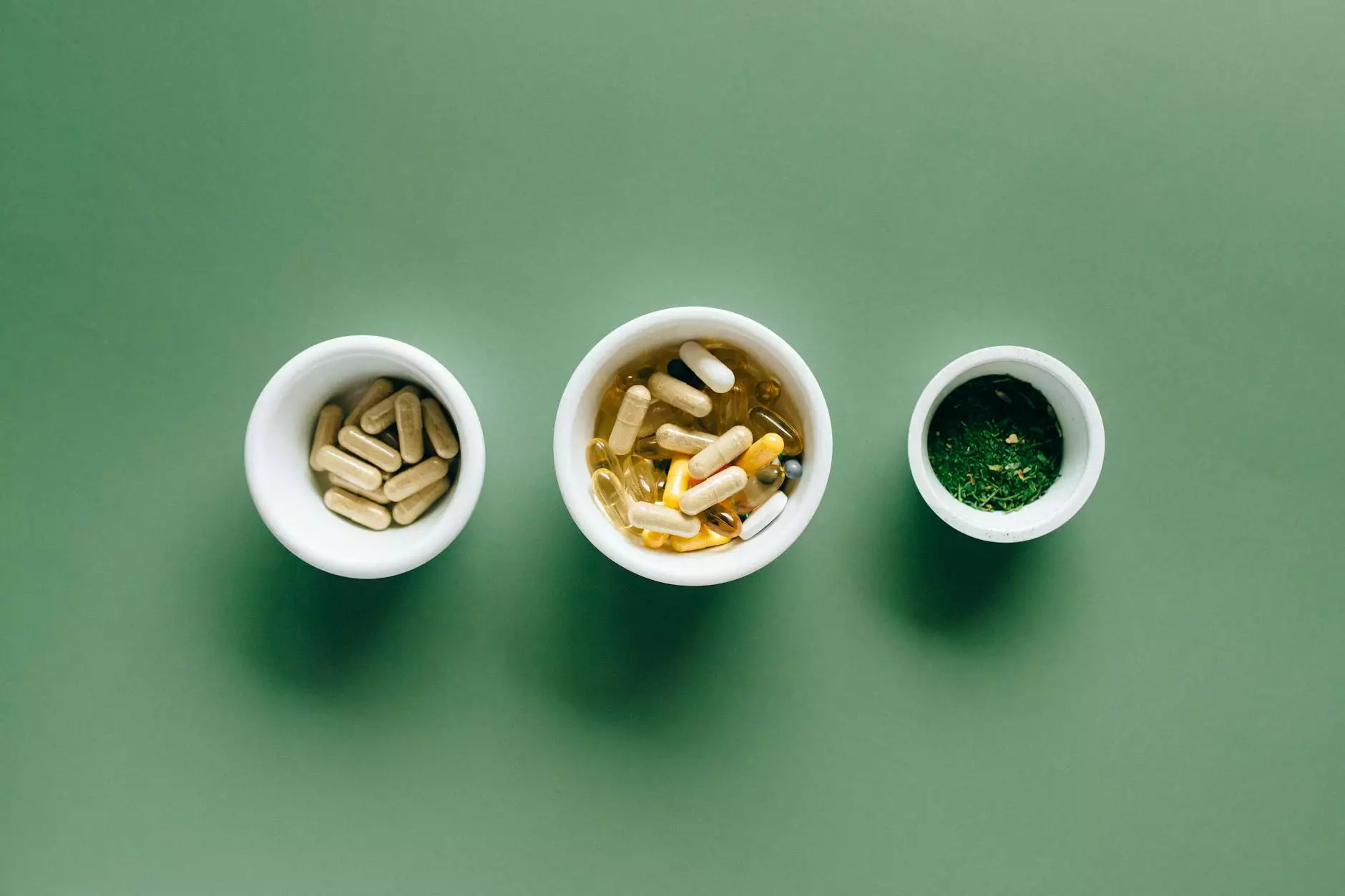Understanding Skin Discoloration on Shins

Skin discoloration on shins is a common concern that can affect individuals of all ages. This condition may not only have aesthetic implications but could also signal underlying health issues, especially related to vascular health. In this comprehensive guide, we will delve into the causes, symptoms, treatment options, and preventive measures related to skin discoloration specifically on the shins.
What is Skin Discoloration?
Skin discoloration refers to any change in color or appearance of the skin. It can manifest as patches of different hues, including brown, red, blue, or purple, on various parts of the body, including the shins. Such discolorations can be benign, but when they appear on the shins, they may raise concerns about vascular or systemic health.
Causes of Skin Discoloration on Shins
Understanding the causes of skin discoloration on shins is crucial for effective treatment and prevention. The following sections outline some of the leading factors that contribute to this condition:
1. Venous Insufficiency
Venous insufficiency occurs when the veins struggle to send blood from the limbs back to the heart, resulting in increased pressure in the veins. This condition can lead to:
- Pooling of blood in the lower legs
- Swelling, particularly during prolonged standing
- Brown discoloration due to blood leakage into surrounding tissues
2. Hyperpigmentation
Hyperpigmentation can cause dark spots or patches on the skin due to excess melanin production. Factors contributing to hyperpigmentation on the shins may include:
- Sun exposure leading to increased melanin as a protective response
- Hormonal changes, particularly during pregnancy or from contraceptive use
- Post-inflammatory hyperpigmentation from previous injuries
3. Dermatitis
Inflammation of the skin, or dermatitis, can result from various triggers, including allergens, irritants, and infections. Dermatitis can lead to redness and discoloration of the shins, often accompanied by:
- Itchiness
- Flaking
- Swelling
4. Systemic Conditions
Certain medical conditions can manifest as skin discoloration on the shins. These include:
- Diabetes Mellitus: Can result in changes to skin texture and color.
- Kidney Disease: May cause a range of skin changes, including discoloration.
- Liver Disorders: These can lead to jaundice, causing yellowing of the skin.
5. Injuries and Trauma
Traumatic injuries, such as bruises or wounds on the shins, can cause temporary skin discoloration that varies from red and blue to yellow as healing progresses. It’s essential to monitor any changes post-injury to ensure proper recovery.
Identifying Skin Discoloration Types
Different forms of discoloration can indicate various underlying issues. Here’s a breakdown of common types of skin discoloration on shins and what they might signify:
1. Brownish Discoloration
This can be indicative of venous stasis or post-inflammatory changes. It might also point to chronic conditions where blood pools in lower limbs.
2. Red or Purple Spots
These could be signs of broken capillaries, bruising, or even certain infections. Persistent redness or purpura (purple spots) may require medical evaluation.
3. Yellow Discoloration
Often associated with liver dysfunction or jaundice, yellow discoloration on the skin warrants further investigation.
Treatment Options for Skin Discoloration on Shins
Treating skin discoloration on shins largely depends on the underlying cause. Below are some treatment strategies provided by vascular medicine specialists:
1. Lifestyle Modifications
Making specific lifestyle changes can significantly improve skin conditions. These include:
- Exercise: Engaging in regular physical activity helps improve circulation and reduces blood pooling.
- Compression Therapy: Wearing compression stockings can alleviate symptoms of venous insufficiency.
- Diet: A balanced diet rich in vitamins can enhance skin health and support vascular function.
2. Topical Treatments
For conditions like hyperpigmentation or dermatitis, topical treatments may be recommended, such as:
- Hydrocortisone creams to reduce inflammation
- Bleaching agents (e.g., hydroquinone) for hyperpigmentation
- Antihistamines or topical steroids for allergic responses
3. Medical Procedures
In more severe or persistent cases, medical interventions might be necessary, such as:
- Laser Therapy: This can help reduce pigmentation and improve overall skin appearance.
- Sclerotherapy: This treatment involves injecting a solution to close varicose veins, improving blood flow.
- Vein Stripping: In severe cases of venous insufficiency, surgical removal of damaged veins may be warranted.
Prevention Strategies
Understanding how to prevent skin discoloration on the shins can mitigate many of the associated causes. Here are some effective strategies:
1. Protect Skin from Sun Exposure
Ultraviolet (UV) rays can exacerbate pigmentation issues. Use the following preventive measures:
- Apply broad-spectrum sunscreen with an SPF of at least 30.
- Wear protective clothing when outdoors.
2. Stay Hydrated
Keeping your skin hydrated can improve its overall health and appearance. Drink plenty of water daily, and use moisturizers to maintain skin elasticity.
3. Regular Health Check-ups
Regular check-ups with health professionals can help detect and manage any underlying health issues that might contribute to skin discoloration.
Conclusion
In conclusion, skin discoloration on shins can be attributed to various causes, ranging from benign factors to more significant health concerns. Identifying the underlying cause is crucial for effective treatment and prevention. Individuals experiencing persistent or concerning discoloration should consult with experts in vascular medicine, such as those at Truffles Vein Specialists, for comprehensive assessments and tailored treatment options.
Understanding your body and its changes is a vital part of maintaining good health. Don't hesitate to reach out to professionals who can guide you towards a healthier, more vibrant life.









